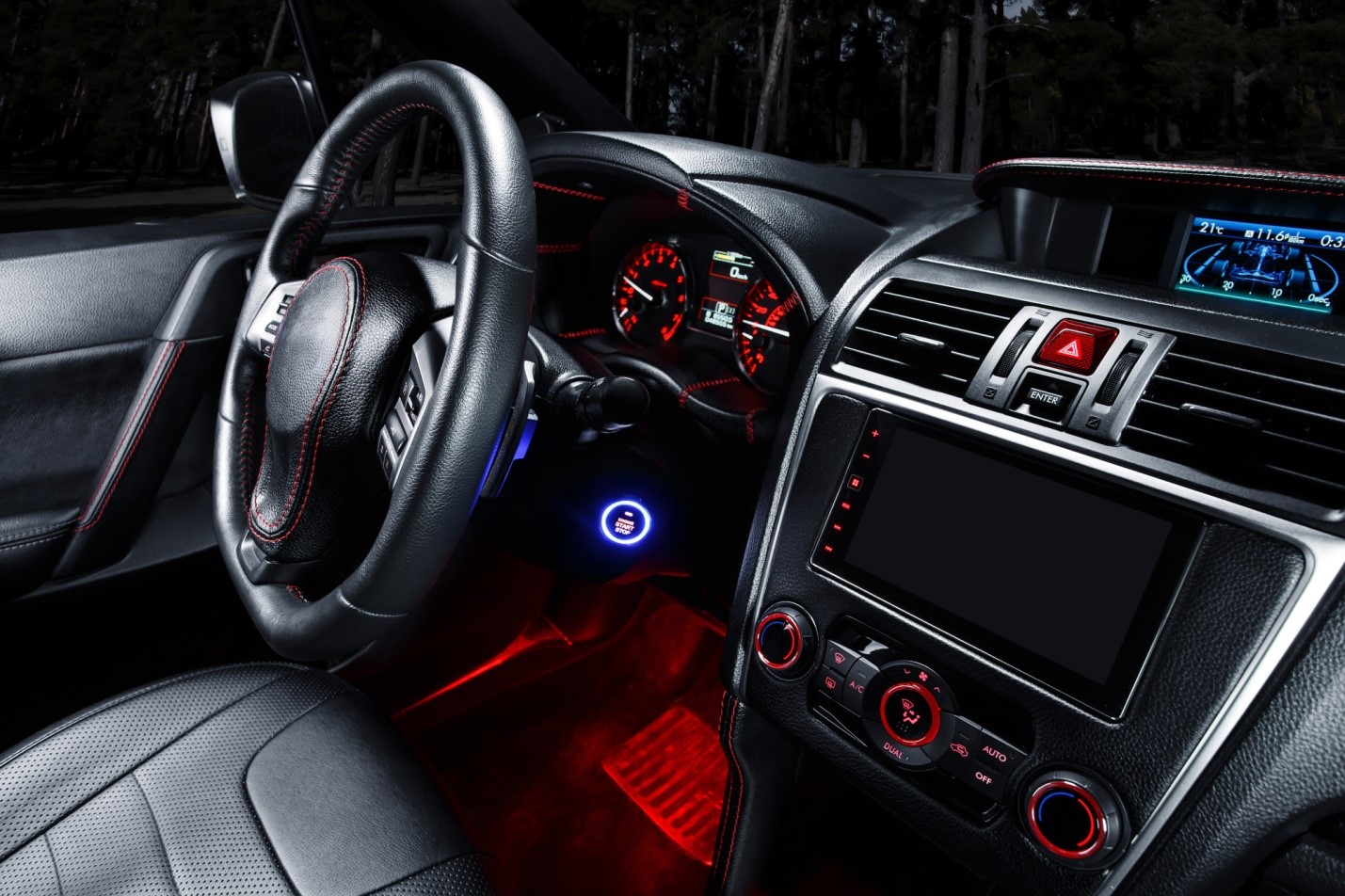'Check Engine' Indication Lamp goes ON
'Check Engine' Indication Lamp which is also known as 'Malfunction Indicator Lamp' (MIL) is a safety device for the vehicle's user (driver) that something is not right under the hood. The only way to detect the fault and finally reset the fault is by using a diagnostic OBD2 scanner . All cars from 1996 onwards use the second generation OBD2 software system (On-Board Diagnostic II system). Today's cars are all controlled through a Powertrain Control Module (PCM), also known as the electronic Engine Management System (EMS) – which is your engine's computer. Europeans refer to this as the ECU (Electronic Control Unit) – which is the same thing. So if an MIL light goes on you will have two options:
- Take your vehicle at your main agent (dealer) or at a vehicle specialist
- Read out the fault codes and do the required repairs yourself
Never keep on driving any vehicle when the 'Check Engine' warning light fails to go out. Even though this indicator is known as a safety parameter warning light, meaning that the car can still work, engine is still running but is not functioning as it was intended to. If the indicator is constantly ON, you should STOP immediately. Failing to do so without actually knowing what the fault is can result in an engine disaster. Vehicle should be towed to a location for repairs, either to a specialist, or if doing your own repairs – to your own location.
On the other side there is the intermittent 'Check Engine' light syndrome. This means that the fault is not constantly showing up and is being erased by the vehicle's cycles. This is a less serious fault but should be still attended the soonest possible. The intermittent fault may be something minor which, if left unattended might turn into something larger and more expensive. These electronic signal fault codes are decoded through an automotive diagnostic OBD2 scanner .
These vehicle OBD (I and II) scanners can scan and finally reset the following symptoms:
- Check Engine or MIL light when triggered ON
- Poor vehicle acceleration
- Rough engine idling
- Higher than normal fuel consumptions
The most common and probable causes for these symptoms might be through oxygen sensors' codes (P0130 – P0167) or the EVAP code (P0445). These faults will probably result in an emissions test failure too, meaning that the vehicle is not road legal in its current state of tune. Some faults may result through a simple leaky gasket where the gasket breaks down from its sealing action, in turn flagging a fault code on the OBD sotware system. These scanners have the ability of giving readings of un-reset fault codes in real time and enable the operator to locate the exact symptoms, so avoiding going through the elimination process of any guess work like change this, change that and so on.
Diagnosing correctly will pinpoint the fault, and through simple analysis detection the technician will be on top of the real problem. These benefits are mutual to both the customer, who pays less for labor time and excessive, unnecessary changing of parts. Even the mechanic / technician benefit from this situation, as their own time translates to money – they trade in a business where service and repairs are provided to be on an hourly basis, excluding parts. However when fault repair time becomes unrealistic they are forced to charge on a different approach, usually agreeing on stipulated amount between management and client.
Anyone with little basic knowledge and some home research on the subject may do these readouts from a diagnostic OBD2 scanner or code reader. The more technical persons might do some or most repairs themselves; while the less technically inclined people may still use this device before going to their specialist repair center, keeping the mechanic from adding some extra non persistent faults. These readers have a potential of reducing vehicle malfunction operating costs in many ways and should be considered as an asset on your vehicle ownership.
On-board Diagnostic System – OBD2
The On-Board Diagnostic System (OBD) records any engine trouble in its computer's memory when a fault is flagged up through the system parameters. This fault code number will be particular to a specific fault. The code does not need to tell you which component failed, or why, but it locates the section (circuit) the fault is in, therefore localizing the fault. This can be further analyzed and broken down till the faulty part appears. It also gives misfiring information, rich or lean instances on fuel which both have diverse bad effects on the engine's components – mainly the cylinder bores.
Plugging in a compatible diagnostic OBD2 scanner or reader into the vehicle's system will provide this type of data. Some basic code readers will only give you the code number which has flagged up, you then have to find the code meaning through a list while other more expensive and advanced scanners will give both the code number and the definition. The more advanced, but still within most people's reach can give much more information and user options like freezing fault display, resetting system back to OE parameters, internet vehicle software updates, upgrading of the diagnostic software and much more.
Enthusiasts can even tweak their program parameters for better performance. Engine tuners use this information constantly to produce better (but still legal) performance, extracting many hidden software tweaking potentials from an engine while still being street legal, specifically where exhaust emissions are concerned.
The costs for investing in any reading or scanning device is very cost effective. Most non technical people would probably be better off buying just a good quality fault code reader which is compatible to their vehicle. The more advanced scanners should be preferably left to vehicle technicians and serious, knowledgeable enthusiasts, which need no introduction to these scanners. They will most likely confide that in today's EMS era, the diagnostic OBD2 scanner is their most valuable diagnostic tool that can not image being in today's fast competition.
When searching for competitive market buying of such devices it is good to remember that while OBD2 (OBD II – as it is sometimes written) should be interchangeable from one vehicle to another because they are standard. Unfortunately there are some vehicles which are not compatible or fully compatible with the system, so be sure to check and ask for your vehicle's compatibility information before parting out with your money.











